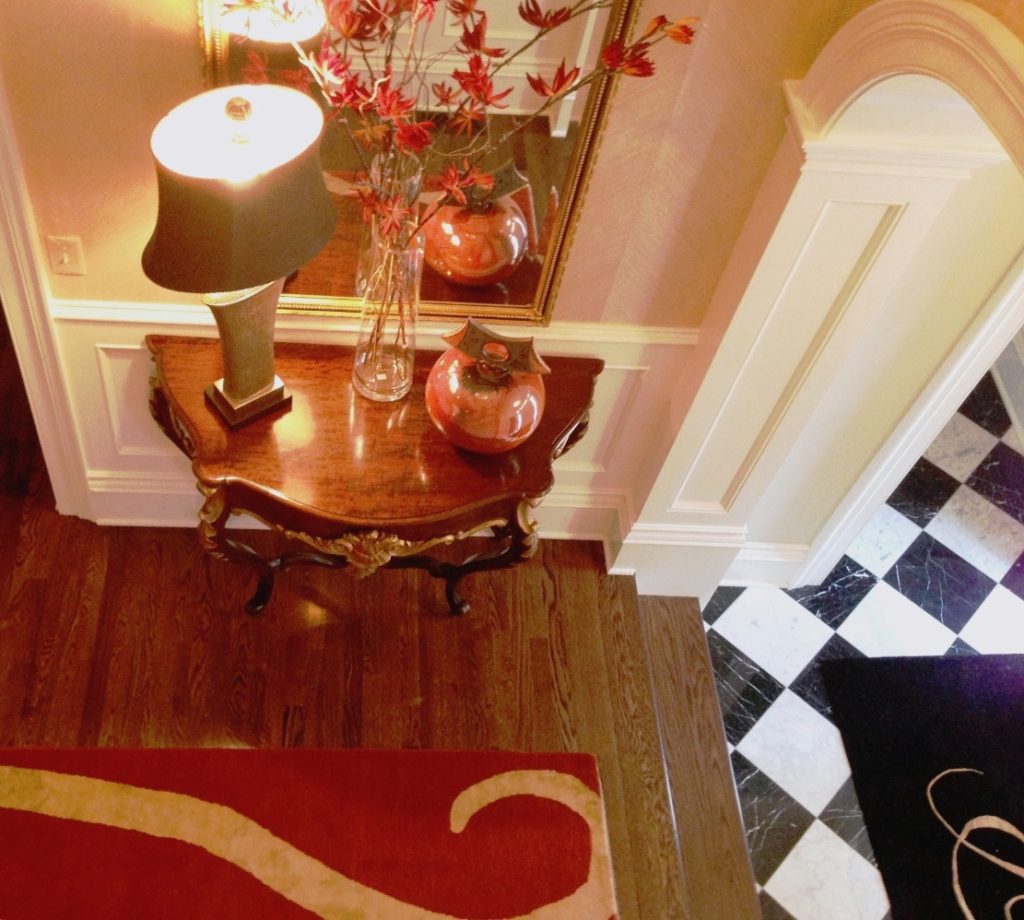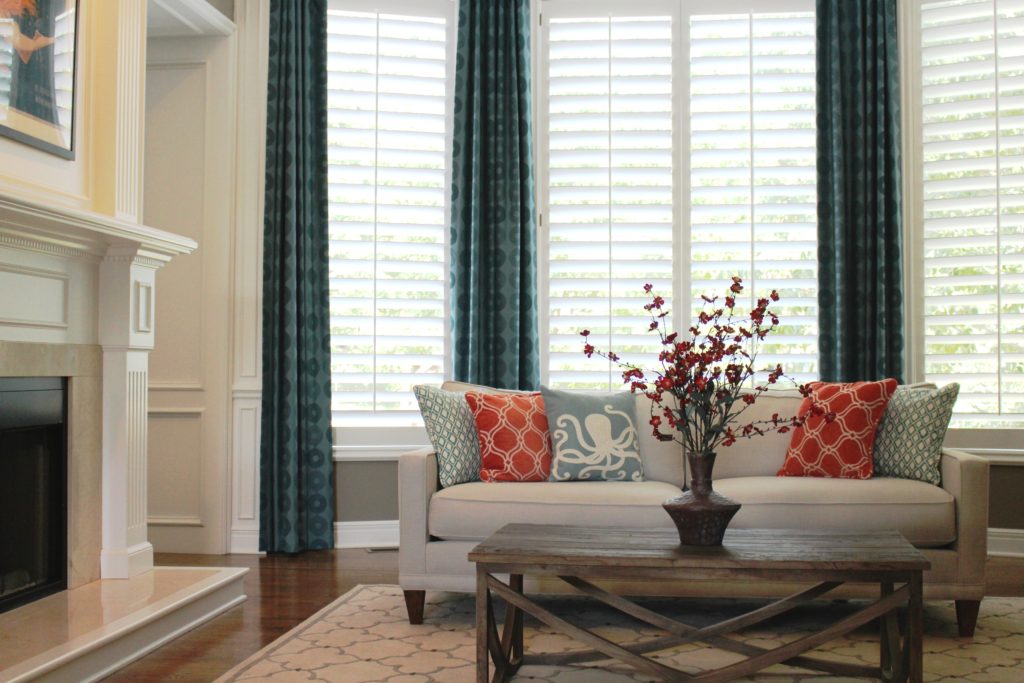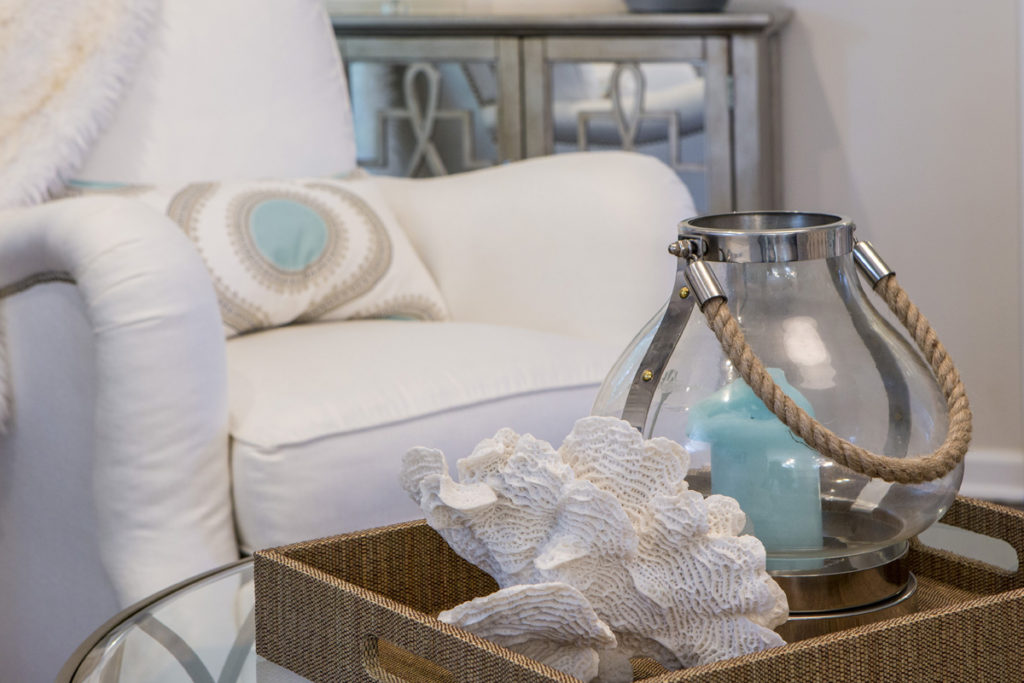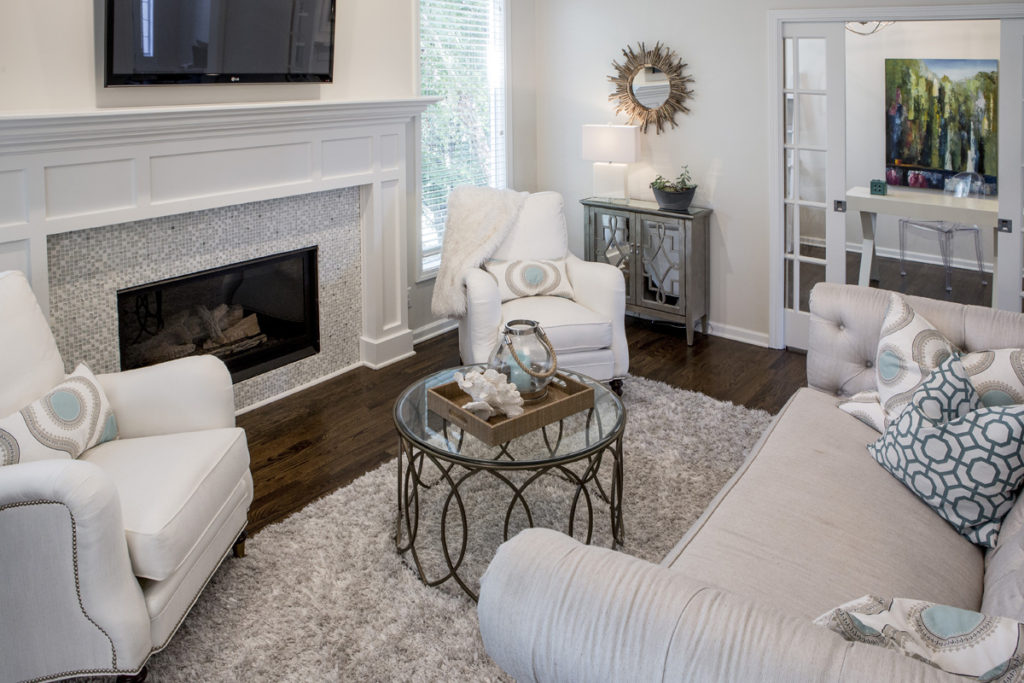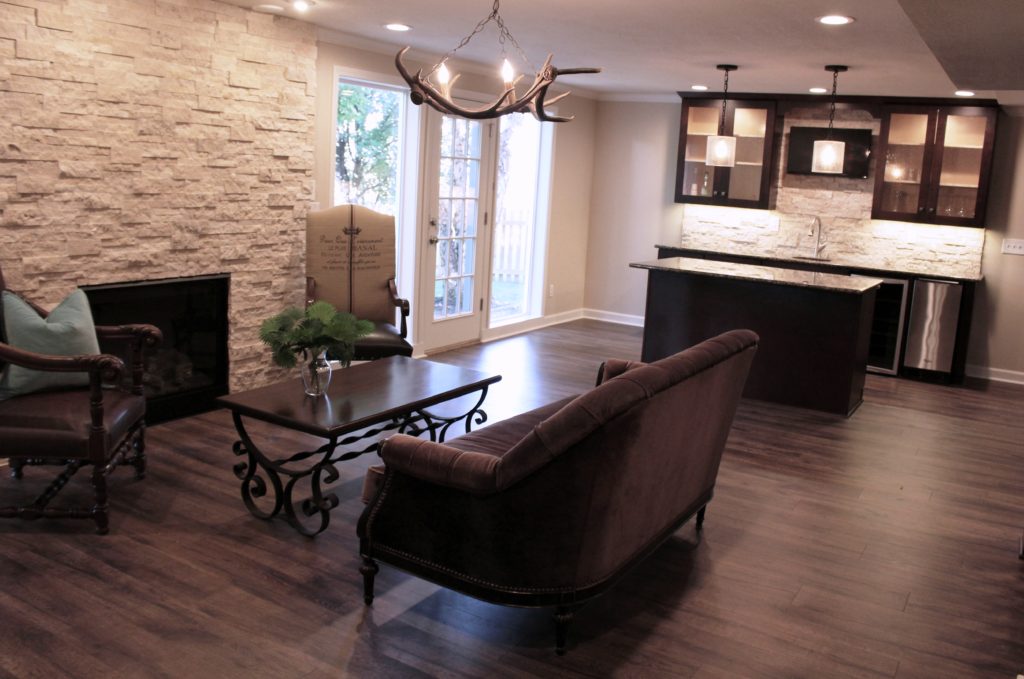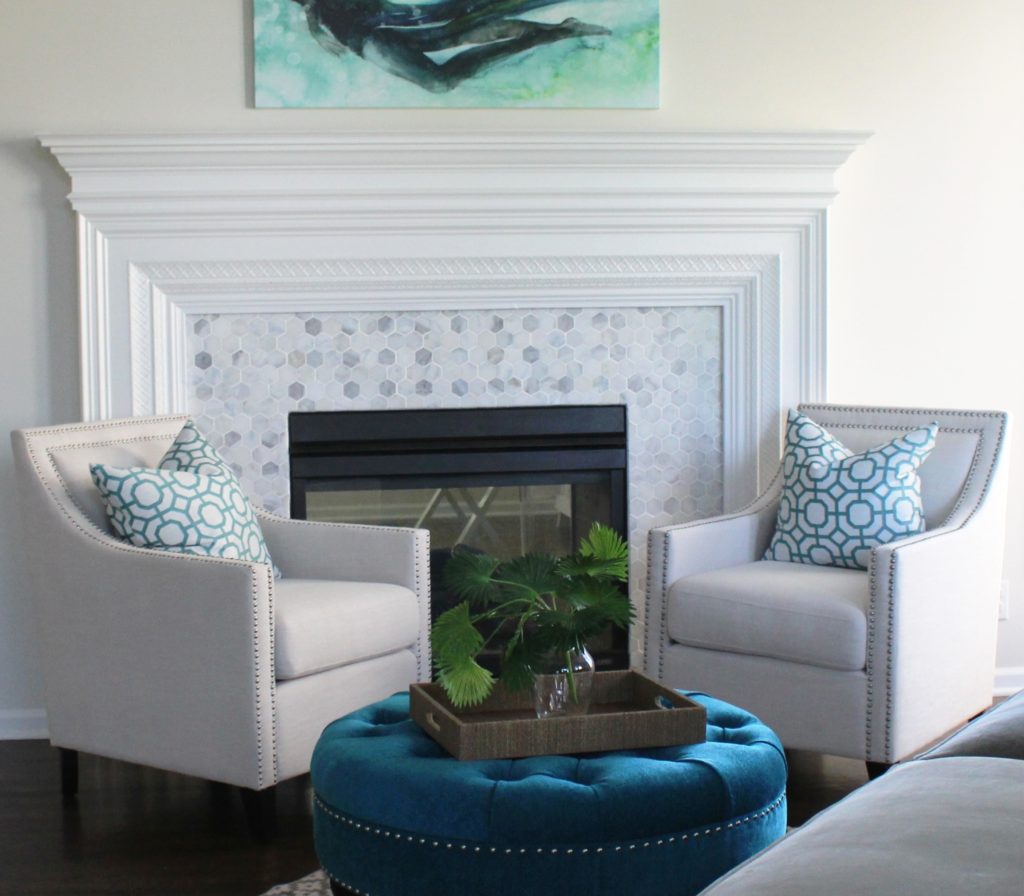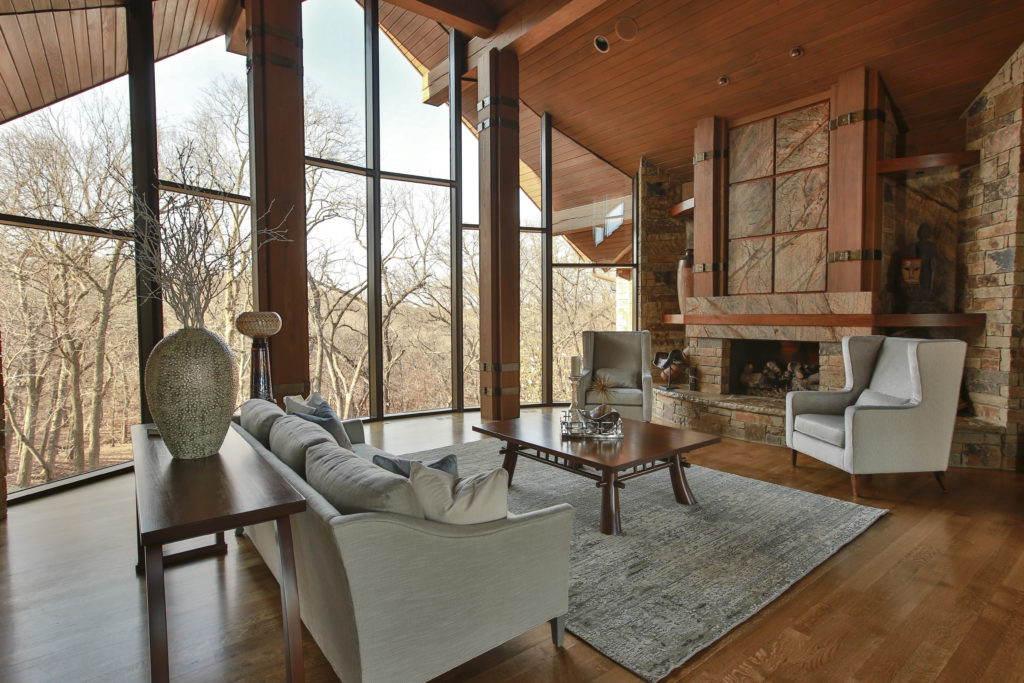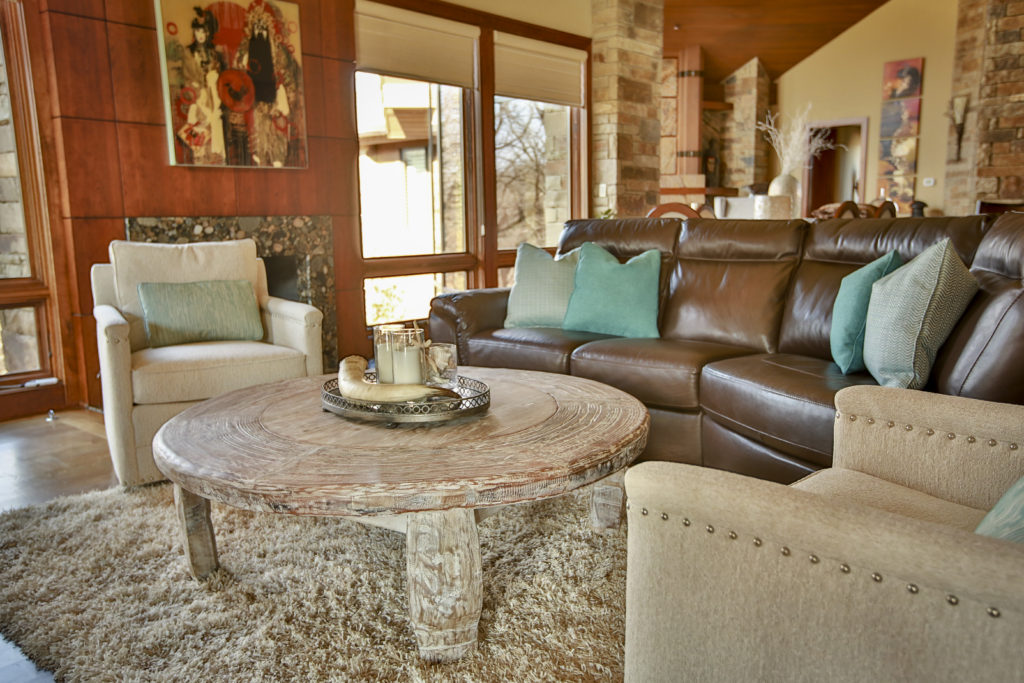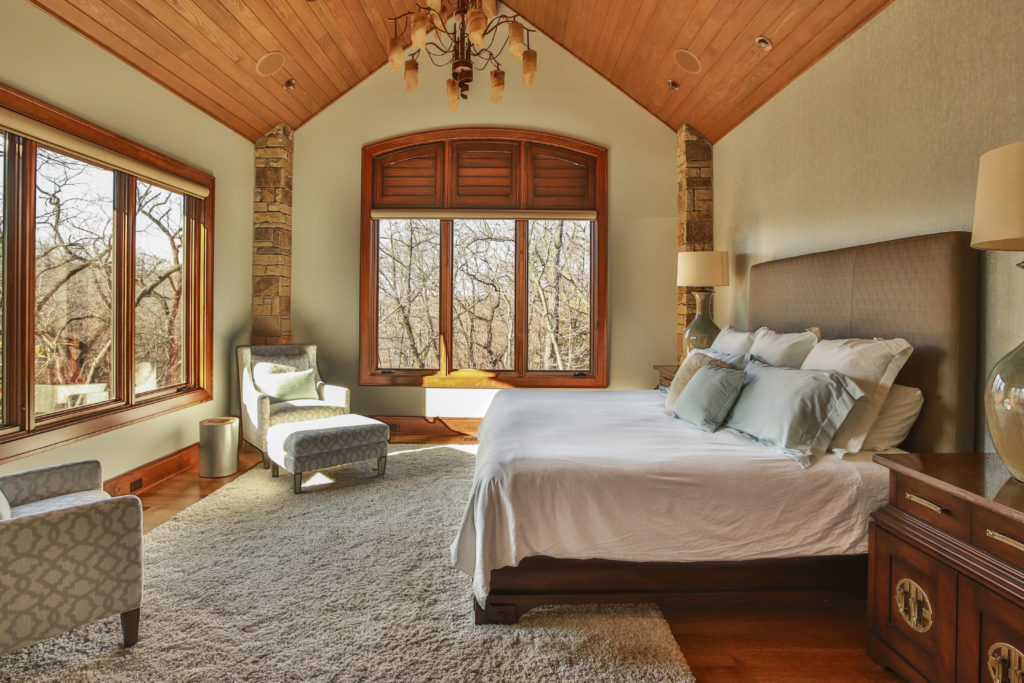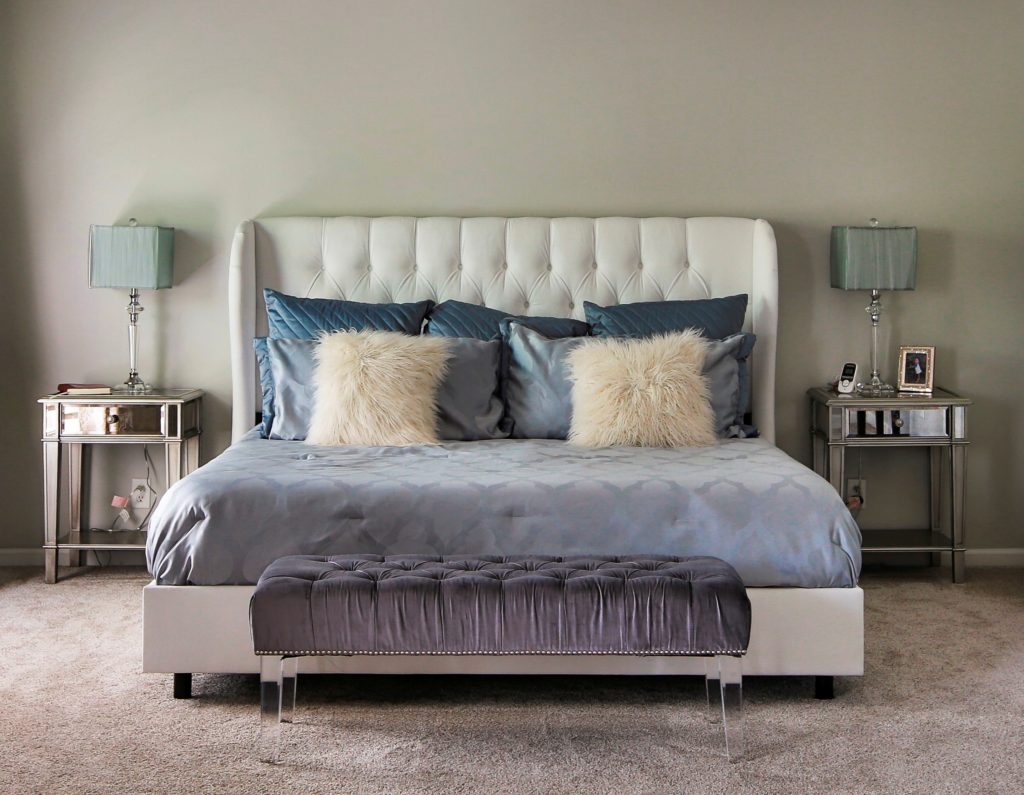 Interior Design/Interior Decorating
Interior Design/Interior Decorating
Interior Design: Clever Ways to Disguise Your Flat Screen…
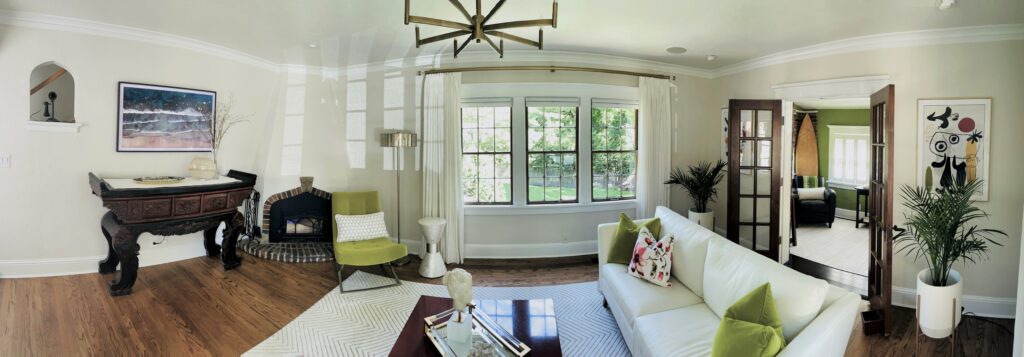
Let’s face it. Even though we often love the convenience of a large flat screen TV, we don’t always want to showcase them because they can detract from our spaces. As an interior designer, I rarely put TVs on display in living rooms, because they compete with the beautiful interiors we design. So if you’re looking for a way to hide your television in the living room or family room, here is a link to a recent article I wrote on 7 Clever Ways to Conceal Your Flat Screen TV for Houzz.
https://www.houzz.com/ideabooks/84546202/list/7-clever-ways-to-conceal-your-tv-in-the-living-or-family-room
For more great photos and interior design sign up for my blog here. Or to learn more about DIY interior design, check out our online interior decorating membership – The Decorating Pro.
plus become a fan of Kansas City’s interior designer and former host of the Living Large design show, Karen Mills, on Facebook here!


